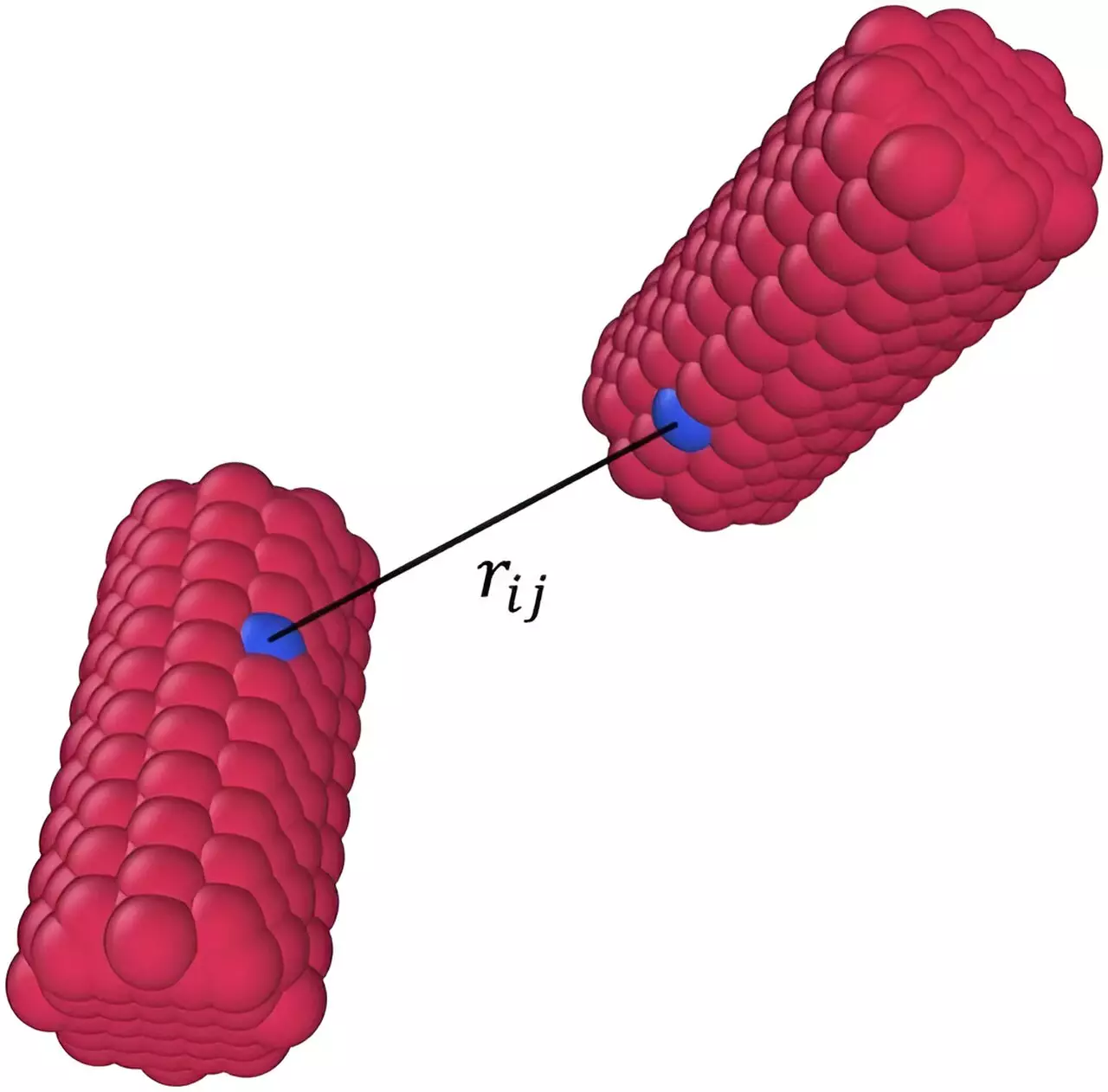The task of simulating particles becomes increasingly complex when dealing with irregularly shaped particles rather than perfect spheres. Understanding particle behavior is crucial, especially in scenarios like the rise of microplastics in the environment due to plastic waste accumulation. Researchers at the University of Illinois Urbana-Champaign have developed a method using neural networks to accelerate molecular dynamics simulations, leading to faster and more efficient results.
Microplastics have become a global issue, with these irregularly shaped particles spreading rapidly across the planet. The traditional method of simulating particles has been optimized for spherical shapes, making it inefficient when dealing with the variety of irregular shapes found in the environment. Novel approaches are required to tackle this environmental crisis effectively.
The research published in The Journal of Chemical Physics introduces a method that leverages neural networks to predict interactions between irregularly shaped particles. By training the neural network with sufficient data, simulations can be conducted up to 23 times faster than traditional methods. This approach offers a more efficient way to simulate irregularly shaped particles and can be applied to a wide range of shapes.
Challenges of Traditional Simulation Methods
Simulating irregular shapes like cubes or cylinders using traditional methods involves complex calculations and building the shape using smaller spherical particles. This process is not only time-consuming but also costly due to the need to calculate interactions between numerous small spheres. The transition from spheres to irregular shapes requires a deeper understanding of distance, angles, and relative positions, making traditional methods inefficient for complex shapes.
The use of neural networks simplifies the simulation process by focusing on center-to-center distances and relative orientations of irregular shapes. By training the neural network with sufficient data, the need for individual calculations of distances between small spheres is eliminated, resulting in a faster and more accurate simulation process. This method opens up possibilities for simulating more complex irregular shapes and mixtures, paving the way for further advancements in particle simulation.
The research team envisions expanding the capabilities of the neural network to simulate a wider range of irregular shapes and mixtures, such as combinations of cubes and cylinders. By optimizing the method further, researchers aim to enhance the efficiency and accuracy of particle simulations. Contributors to this work include experts from various departments, highlighting the interdisciplinary nature of addressing challenges in particle simulation.


Leave a Reply